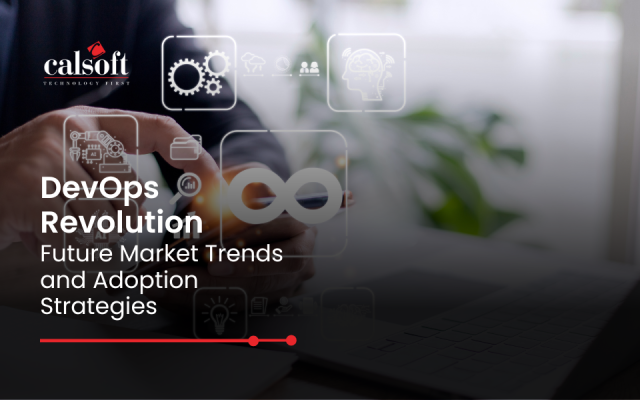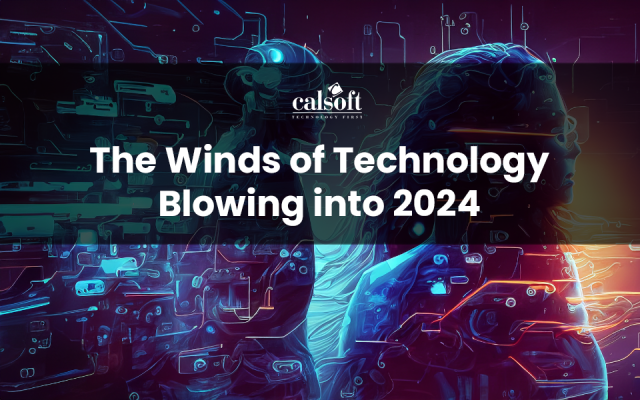Container is an evolving technology. The entire industry is talking and discussing about it. Especially Developer and Ops communities have shown great interest in container technology. According to a recent survey, majority respondents are interested in containers in conjunction with their OpenStack clouds for production uses. But before we move ahead and understand why containers are so valuable within an OpenStack environment let us understand what is Container.
What is Container?
Containerization is not a new idea – It has been in existence for years and has been available and accessible to a vast range of applications. However until now, nobody considered it while architecting systems. You may define Containers as an isolated environments where you can run applications along with all the libraries and dependencies they need. Unlike virtual machines (VMs), containers share the same OS kernel on the same host, and keep applications and other services separated from each other.
Primarily there are 2 types of containers OS Containers and Application Containers. Administrators and developers prefer containers for two major reasons.
- Application containers are lightweight. They minimize compute, storage, and bandwidth requirements.
- Containers are portable; they run on any hardware that runs the relevant operating system.
Value of Openstack Within Container Infrastructure
Containers are only a small part of a complete data center management solution provided by Cloud infrastructure. To manage any cloud / data center, you need storage, networking, monitoring, management, isolation, multi-tenant security and many other services. Above all, these services are required regardless of whether containers, virtual machines or bare metal servers are being used.
OpenStack provide all these services. It enables organizations to select and use the right tool for the job. OpenStack supports containers even on bare metal or virtual machines environments. Containers cannot be considered as a direct substitution to VMs as they don’t have the same security isolation capabilities. For example, we run containers in VM environment in order to provide robust protection to one tenant’s processes from poorly behaved or malicious code in other container. Same security can be provided by using a bay in OpenStack Magnum. It will arrange a group of virtual machines or bare metal instances that are only used by one tenant to address the risk.
As an overall data center manager, OpenStack supports all these configurations. I have personally talked to many organizations and I have seen them using containers on OpenStack. It enables additional flexibility and deployment agility. And it also does not force organization to go for a separate container-only infrastructure.
I am happy to see the astonishing growth of container technology specially the integration between containers and cloud infrastructures, which is getting lot of traction. OpenStack has always been a valuable component to container, Its 3 major projects Kolla – deploying OpenStack using containerized services, Murano – deploying containerized apps using Kubernetes and Magnum – providing an entire orchestration system for containers; talks about its intense integration with containerization ecosystem.
Calsoft Openstack Expertise
Calsoft has been actively contributing to the OpenStack community since its inception in 2010. At Calsoft we have created a dedicated OpenStack COE to assist Storage, Networking and Cloud ISVs in adopting and unleashing the power of open source cloud.
Container Ecosystem Services
Calsoft has deep expertise in containerization of Storage and Networking products. With our in-depth understanding of various containerization technologies like Docker, Kubernetes, Apache Mesos and Coreos, we have helped ISVs to design and develop solutions in and around these technologies.






